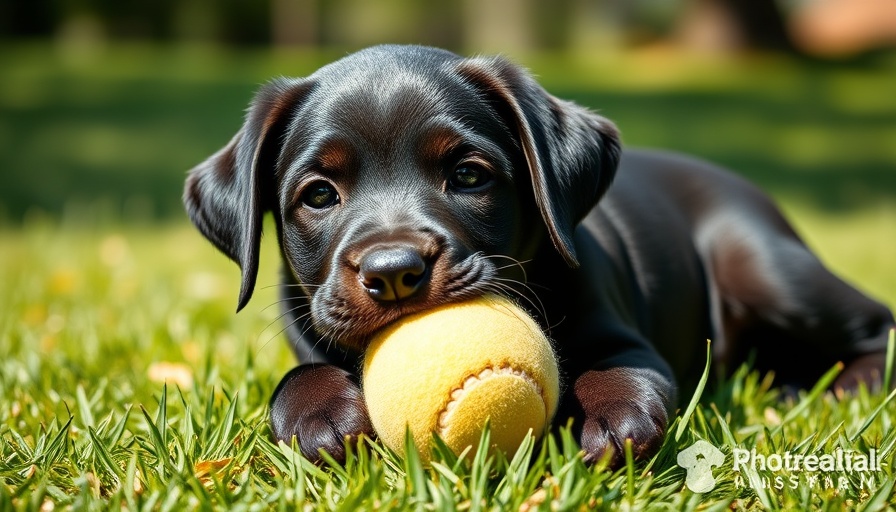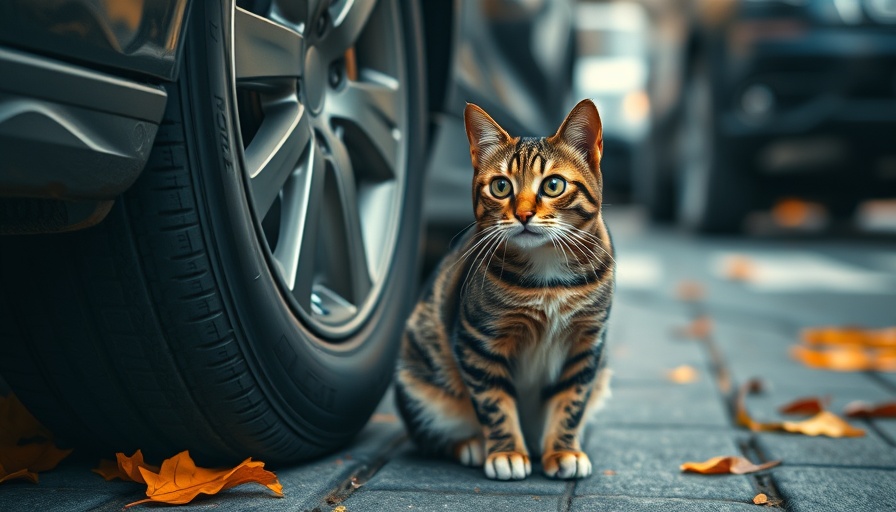
Puppy Growth: A Rapid Journey
Puppies often surprise their owners with just how quickly they grow—one moment they fit in the palm of your hand, and the next they’re ready to stand eye-to-eye with you. While it’s always a heartwarming phenomenon to witness, it raises an essential question many pet owners ponder: when do dogs stop growing? Likewise, what influences their growth into adulthood? Let’s dive into the delightful details of our four-legged companions’ growth journeys and what factors play into their size.
Key Factors That Influence Growth
The age at which a dog reaches its full size can differ dramatically among breeds, which is primarily determined by genetics. This uniqueness means understanding your dog’s breed is crucial not just for predicting growth but also for ensuring your puppy thrives into adulthood. Let’s explore some of these pivotal factors that set the parameters for your pup’s growth:
Breeds Matter
When it comes to growth, breed is undeniably the most significant factor. For instance, small dog breeds like Chihuahuas typically reach full maturity much quicker than larger breeds such as Great Danes. A Chihuahua might well be fully grown by the age of 8-12 months, while a large breed like a Mastiff might continue to grow until they are closer to two years old. This variance can profoundly impact breeding decisions as well as training and nutrition plans.
Genetics Play a Role
Inherited genetics determines a dog’s potential size. Each puppy carries traits—some strong, others recessive—that affect their ultimate growth. Even within the same litter, puppies can showcase different growth rates based on their genetic makeup. Understanding these genetic influences helps owners set realistic expectations on their pet’s growth journey.
Nutrition: The Growth Highway
Nutrition forms the bedrock of your puppy’s development. Proper diet is not just necessary; it's transformative. Puppies fed a well-balanced diet rich in essential nutrients grow steadily and healthily, allowing them to develop their bones and muscles. Conversely, issues arise when puppies are given inadequate food, leading to potential stunted growth or even growth deformities. Some pet owners are surprised to find that nutritional guidance can yield better results than merely following breed norms. Consulting with a veterinarian for dietary advice tailored to your puppy's needs is invaluable.
When to Expect Growth to Plateau
As any dedicated dog parent would agree, timing is everything when it comes to growth. Here’s a brief overview of when you can expect various sizes of dogs to reach their adult size:
- Toy Breeds (5–12 pounds): Fully grown by 8–12 months
- Small Breeds (12–24 pounds): Fully grown by 9–12 months
- Medium Breeds (24–59 pounds): Fully grown by 12–15 months
- Large Breeds (60–100 pounds): Fully grown by 15–18 months
- Giant Breeds (over 100 pounds): Fully grown by 18–24 months
This table is helpful, but it’s essential to remember that each dog is an individual, and their growth patterns may vary. In large and giant breeds, there is often a longer period of growth and development, leading to the need for customized care as they transition into adulthood.
The Impact of Spaying or Neutering
Another key decision affecting growth is the timing of spaying or neutering your dog. Research suggests that spaying or neutering too early may impact growth plate closure, potentially leading to larger adult sizes. This delay could also change behavioral tendencies. Pet owners often overlook these ramifications, so consulting a veterinarian regarding the best timing for these procedures can provide critical insight for healthy growth.
Understanding Your Dog's Unique Journey
As we’ve explored, understanding when your dog will stop growing involves considering multiple factors—from breed and genetics to nutrition and care. This knowledge benefits not just the dog owner but significantly enhances the health and welfare of our furry friends. Each puppy is a unique journey, and by paying attention to their individual needs, we help them thrive creatively and physically.
Take Action Towards Wellness
As we wrap up our exploration into puppy growth, it’s important to remember that being an attentive dog parent may just be the most significant factor of all. Invest time in understanding your breed and consult with your veterinarian about optimized growth plans that include nutrition, exercise, and lifestyle adjustments as needed.
If you are committed to supporting your dog through the various stages of their life, take a moment now to reach out to Chewy’s vet team for a personalized consultation. They’re ready to assist you with any questions you may have about your beloved pet’s growth and development.
 Add Row
Add Row  Add
Add 


Write A Comment